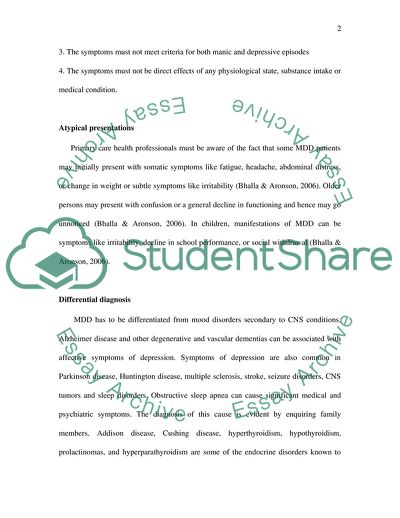Cite this document
(Major Depressive Disorder and Their Key Characteristics Coursework, n.d.)
Major Depressive Disorder and Their Key Characteristics Coursework. https://studentshare.org/health-sciences-medicine/1710344-psychology-disorders
Major Depressive Disorder and Their Key Characteristics Coursework. https://studentshare.org/health-sciences-medicine/1710344-psychology-disorders
(Major Depressive Disorder and Their Key Characteristics Coursework)
Major Depressive Disorder and Their Key Characteristics Coursework. https://studentshare.org/health-sciences-medicine/1710344-psychology-disorders.
Major Depressive Disorder and Their Key Characteristics Coursework. https://studentshare.org/health-sciences-medicine/1710344-psychology-disorders.
“Major Depressive Disorder and Their Key Characteristics Coursework”. https://studentshare.org/health-sciences-medicine/1710344-psychology-disorders.


